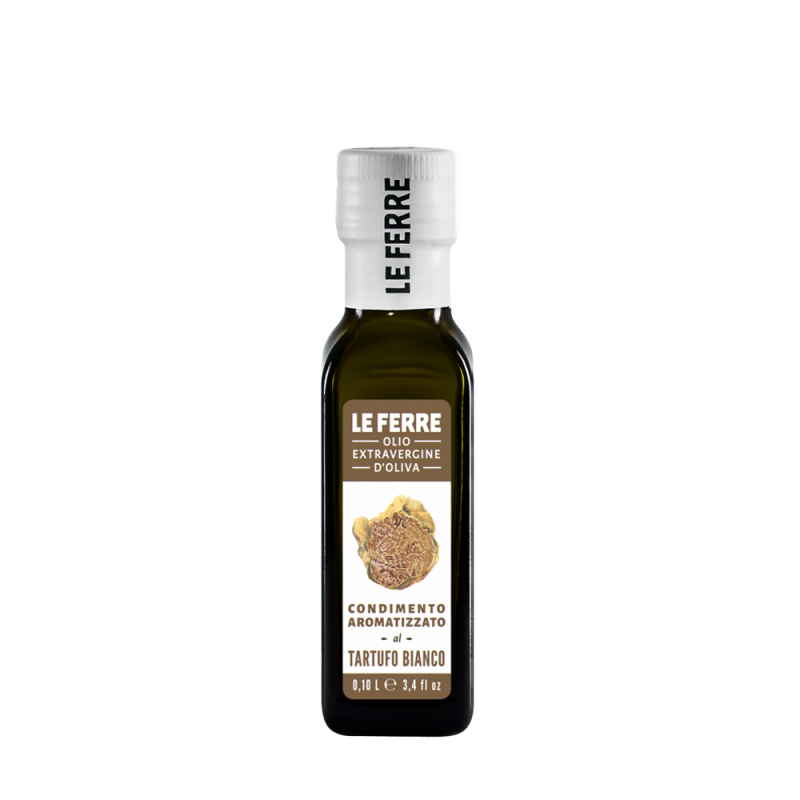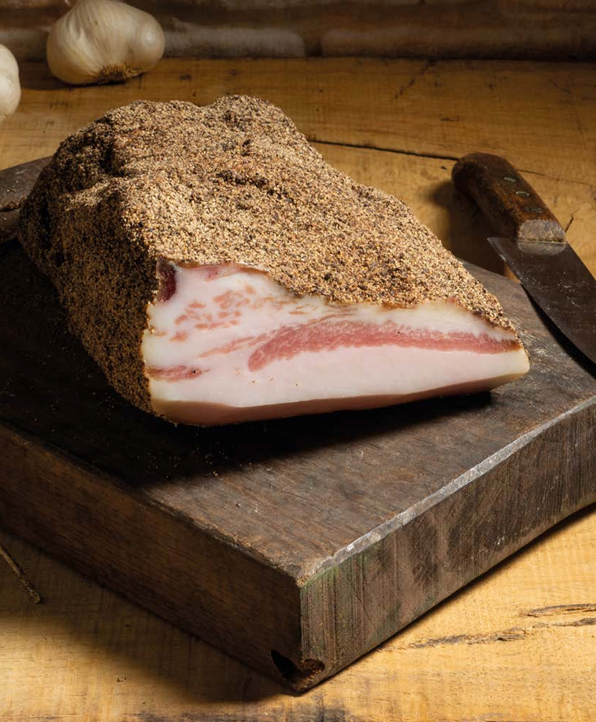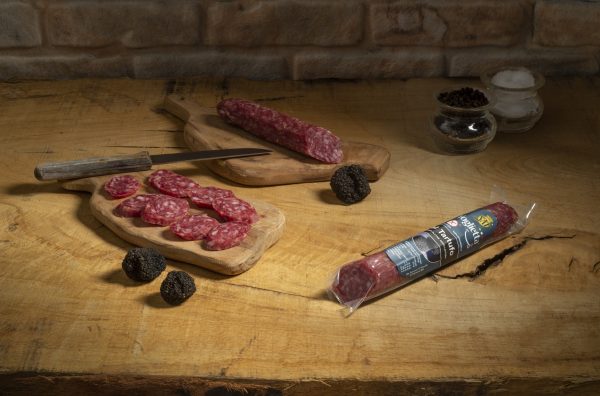When it comes to extra virgin olive oil, quality is key—not only for the flavor it adds to dishes, but also for its health benefits. But how can we recognize a high-quality olive oil? The answer lies in sensory analysis, which includes smell, taste, and certain chemical parameters that determine the oil’s purity and authenticity.
What do Protected Designation of Origin (PDO) and Protected Geographical Indication (PGI) mean?
A DOP label on olive oil guarantees that it is produced in a specific geographical area and that its quality is closely linked to the natural and human factors of that region. Olive oil with the DOP label is therefore an authentic product, derived from local traditions and a favorable environment for olive cultivation.
IGP stands for Indicazione Geografica Protetta, or in Danish PGB (Protected Geographical Indication). It is a designation that also indicates that a food or agricultural product comes from a specific geographical area and is either produced, processed or transformed in this area. We have a 100% from Puglia Extra Virgin Olive Oil IGP
Organic extra virgin olive oil
Organic olive oil stands out for its natural production without the use of chemical fertilizers or pesticides. The olive trees are grown in harmony with the environment, and the production philosophy focuses on quality rather than maximizing yield. In addition, pressing and bottling are carried out separately to ensure the purity of the oil. Choosing organic oil means making a healthy choice both for your body and for the planet. We have a good example with our Organic BIO extra virgin olive oil .

When is olive oil really good?
Chemical analysis can reveal important parameters such as acidity and peroxide content, but to assess the quality of an extra virgin olive oil, sensory analysis is essential. This analysis uses our senses to perceive the oil's organoleptic properties such as aroma and taste.
Smell and Taste
Smell plays a crucial role in identifying the aromas of an oil. High-quality olive oil typically has fresh, fruity notes like freshly cut grass, green apple or artichoke. Taste, on the other hand, is detected by the tongue and is a very personal experience: each person has their own perception of taste, which can vary from oil to oil. Furthermore, the best type of oil depends on how you intend to use it. Personally, I love oils with a strong flavor that starts with a sweetness and then turns bitter, with a nice peppery kick at the end.
How does olive oil taste?
To taste olive oil optimally, pour a teaspoon of oil into a small glass and warm it gently with your hands. Smell the oil carefully to identify its aromas. Then taste the oil by pressing it against your palate with your tongue to experience its characteristics. This is the original way to involve all the taste buds, but it is also a pleasure to enjoy a classic taste with some fresh bread and a sprinkle of salt!
Conclusion
Recognizing a high-quality extra virgin olive oil requires a little practice and attention to the sensory details. When an oil is truly good, its flavors and aromas are perfectly balanced and enhance any dish. But even on a simple slice of bread, with just a pinch of salt, a good extra virgin olive oil is a pleasure beyond compare.
Buon appetito!
















